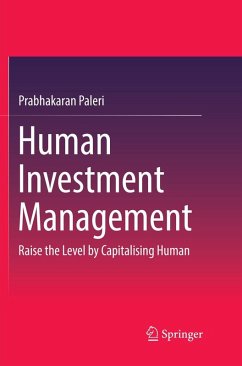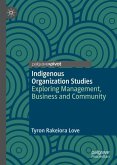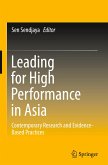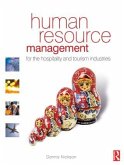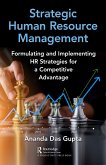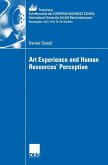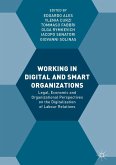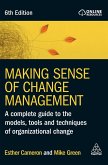This book presents a thought-provoking case for looking at human resource management from an entirely different perspective. In the modern world, organizations have to optimally manage resources to achieve the best results, and the best way to do this is to identify humans as instruments of investment and not as resources. Humans use resources in an activity. Managing people, as a subject, was first studied as part of personnel management, and became known as human resource management (HRM) in the early 80s. However, the basic principles remained largely unchanged. The book argues that it is time that HRM is replaced by human investment management (HIM), where the entire approach of employee management in an organization shifts gears to human investment in activities. In this approach no human is considered bad in relation to an organization, if selected appropriately, and trained well. Everyone is productive, though the returns may differ. Humans can be invested in areas where theyare best or can be trained to be the best according to various factors. Unlike any other investment instruments, humans' value can be continuously upgraded for higher returns. Thus the core of HIM is to maximize the return from each employee as an individual or as a member of the group with minimum expenditure and effort in him or her. HIM can therefore reengineer and replace HRM slowly and steadily at the desired pace where maximum attention is paid to employee investment for improved results. This is unlike HRM, which primarily focuses on employee relations. Turning around HRM to HIM will be the first step in inclusively aligning strategic human resource management with the overall human management. As such, HIM should be seen as a process by which the asset or capital value of individual humans can be increased by turning them into capital humans, an entirely different outlook from the oft-used term human capital.
Bitte wählen Sie Ihr Anliegen aus.
Rechnungen
Retourenschein anfordern
Bestellstatus
Storno

